It is reasonable to assume that well-performing ML models for healthcare can improve efficiency and speed up decision-making by delivering practical insights. These insights can be used to make better decisions based on historical data such as diseases, family history, and genetics disorders, among other things. The initial stages in building healthcare machine learning (ML) models are selecting the problem and establishing the prediction task. In this article, we will examine the requirements’ selection process, share how to develop machine learning models for healthcare, explore the difficulties encountered along the way, and provide solutions to these problems.
Healthcare is an ever-changing industry. New technology and therapies are being created all the time, making it challenging for healthcare workers to stay up to date. In recent years, machine learning in healthcare has become one of the most prominent buzzwords. But what precisely is machine learning in healthcare? Why is machine learning so vital for patient data? What are some of the advantages of machine learning in healthcare?
Mind Studios has expertise in both AI and ML. Likewise, since one of our main focuses is healthcare, much of the advice and insights are based on our experience working on successful ML models, mHealth solutions, and other projects. So, if you have any questions about how to get from a concept to execution after reading this post, don't hesitate to contact us.
Big data in healthcare
Before we discuss machine learning in detail, it’s important to understand the significance of big data in machine learning, since they are tightly interlinked. First, big data provides a wealth of raw material for machine learning algorithms to mine for insights. Secondly, organizations are achieving substantial analytics insights and results by merging them.
In the healthcare industry, big data is abundant and generated by every patient, test, scan, diagnosis, treatment plan, medical trial, prescription, and final health outcome. Three identifying characteristics can help in defining big data. The three V’s, or volume, velocity, and variety, are critical to understanding how we can assess big data and how different "big data" is from regular data. Gartner analyst Doug Laney developed the concept of the three V's in a Meta Group research report.
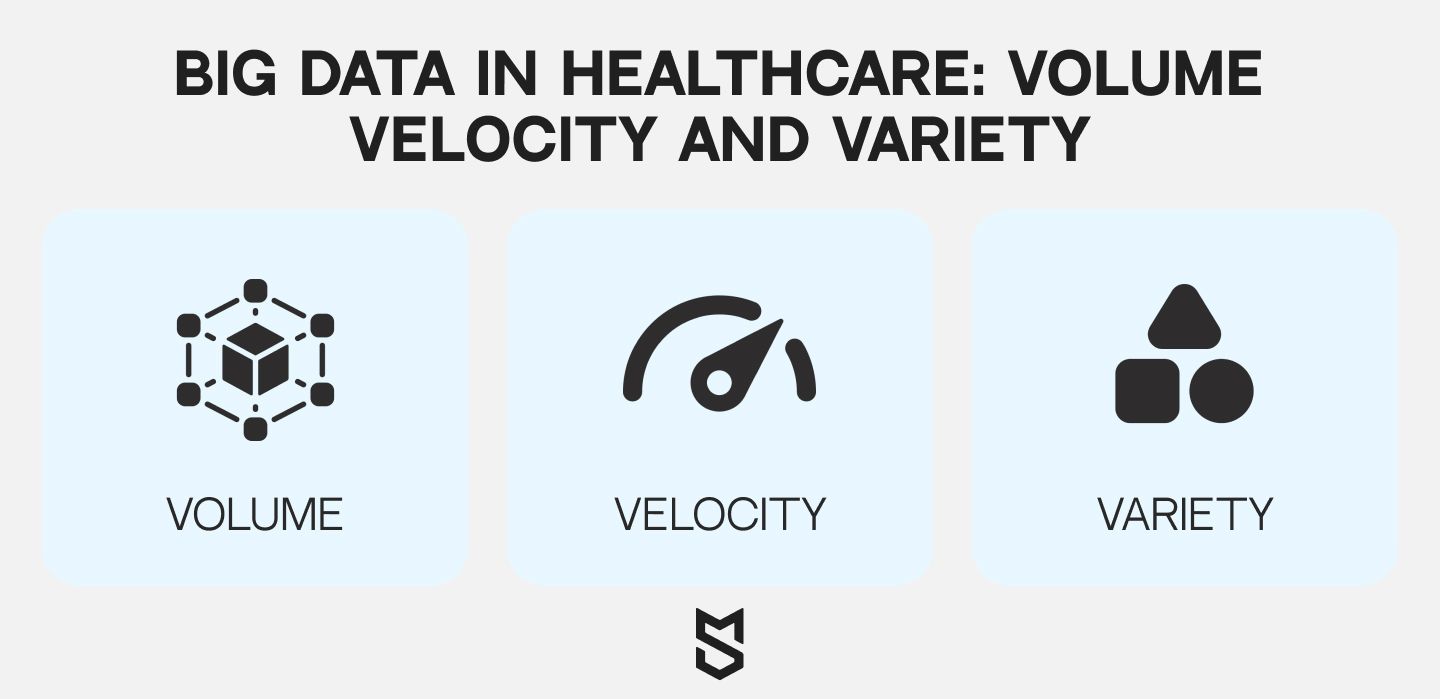
Furthermore, big data is used in healthcare for various purposes, including guiding decision-making, improving patient outcomes, and reducing expenses. Electronic health records (EHRs), personal health records (PHRs), and data generated by digital health technologies like wearable medical devices and mobile health applications rank high in terms of data value.
Finally, big data can have many uses in healthcare, such as detecting breaches in patient data, forecasting risks, improving diagnostic accuracy, and reducing physician errors. Future iterations of these tests could analyze medical records for indicators of illness risk, alert doctors to such patients, and bolster the case for dry lab methods over wet lab practices, leading to cost savings.
AI has the potential to provide proactive solutions when applied to large amounts of patient data, enabling doctors and clinicians to provide more comprehensive treatment.
How to develop a machine learning model for healthcare big data
Before diving into the intricacies of building machine learning models for healthcare, let's break down the essential steps:
Preparing the data
In healthcare machine learning, data quality is paramount. Cleaning and preprocessing play vital roles in ensuring accurate predictions. This involves addressing issues like missing or inconsistent data, duplicates, and outliers. A clean dataset is crucial for trustworthy model training and accurate predictions.
Choosing elements for the model
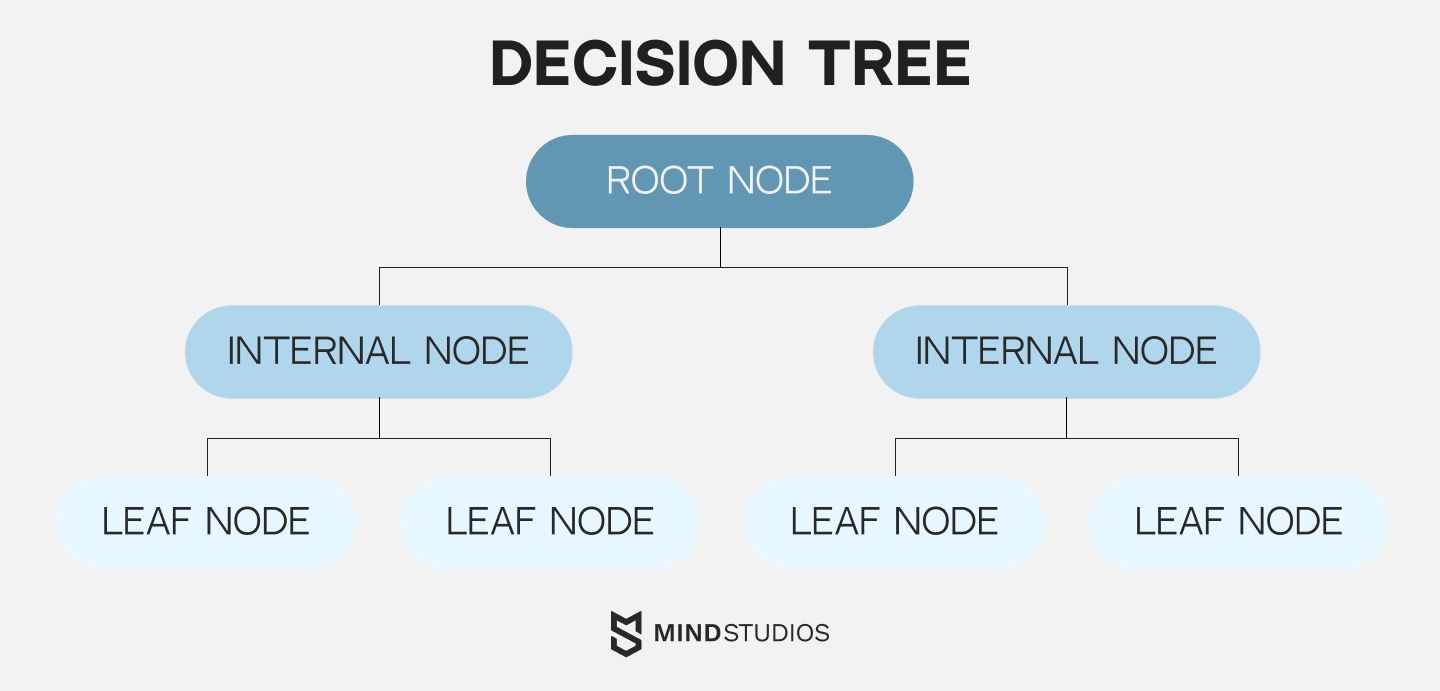
Feature importance scores help decide which elements to include in the model. These scores, derived from methodologies like decision trees and neural networks, rank features based on their contribution to the final prediction. This information is valuable for feature selection, model interpretability, debugging, decision-making, and performance improvement.
Selecting a machine learning algorithm
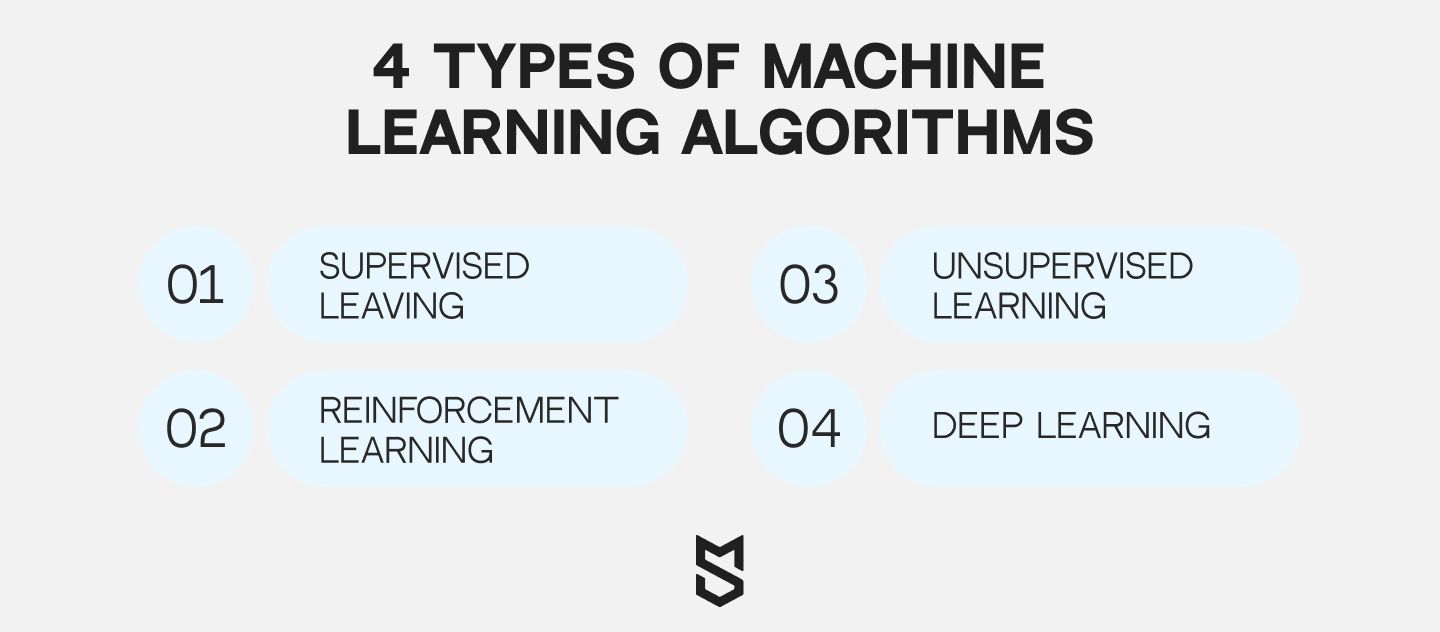
Machine learning relies on pre-programmed algorithms. There are four main types: supervised, semi-supervised, unsupervised, and reinforcement learning. Choosing the right algorithm depends on factors like data quantity, quality, and the project's goals. In healthcare, neural networks and decision trees are commonly used.
Training the model
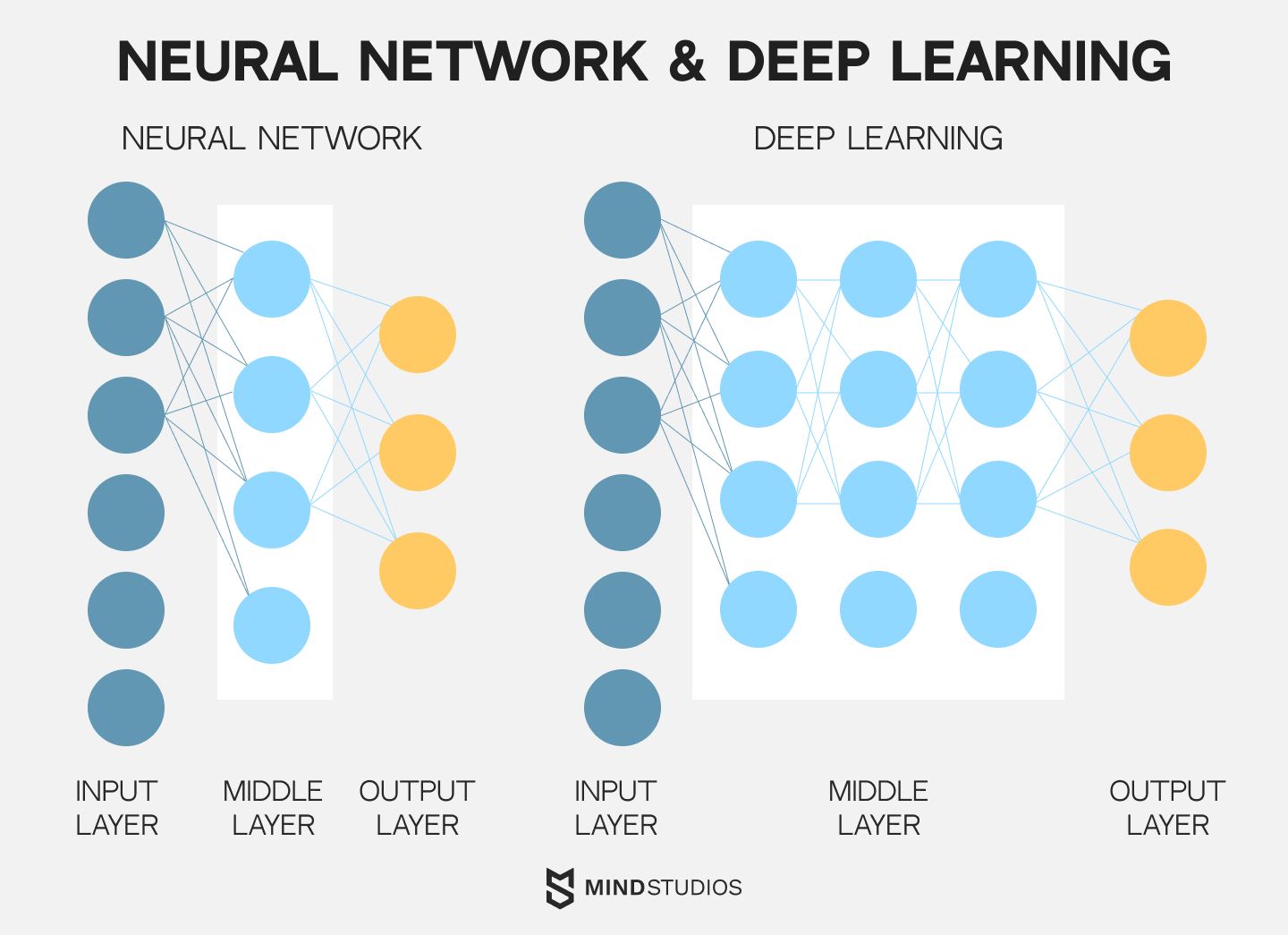
To train a machine learning model, feed it labeled training data. The model learns patterns connecting input data properties to the desired outcome. The training process involves a train-test split and cross-validation to assess the model's performance and generalization. Early stopping ensures optimal performance.
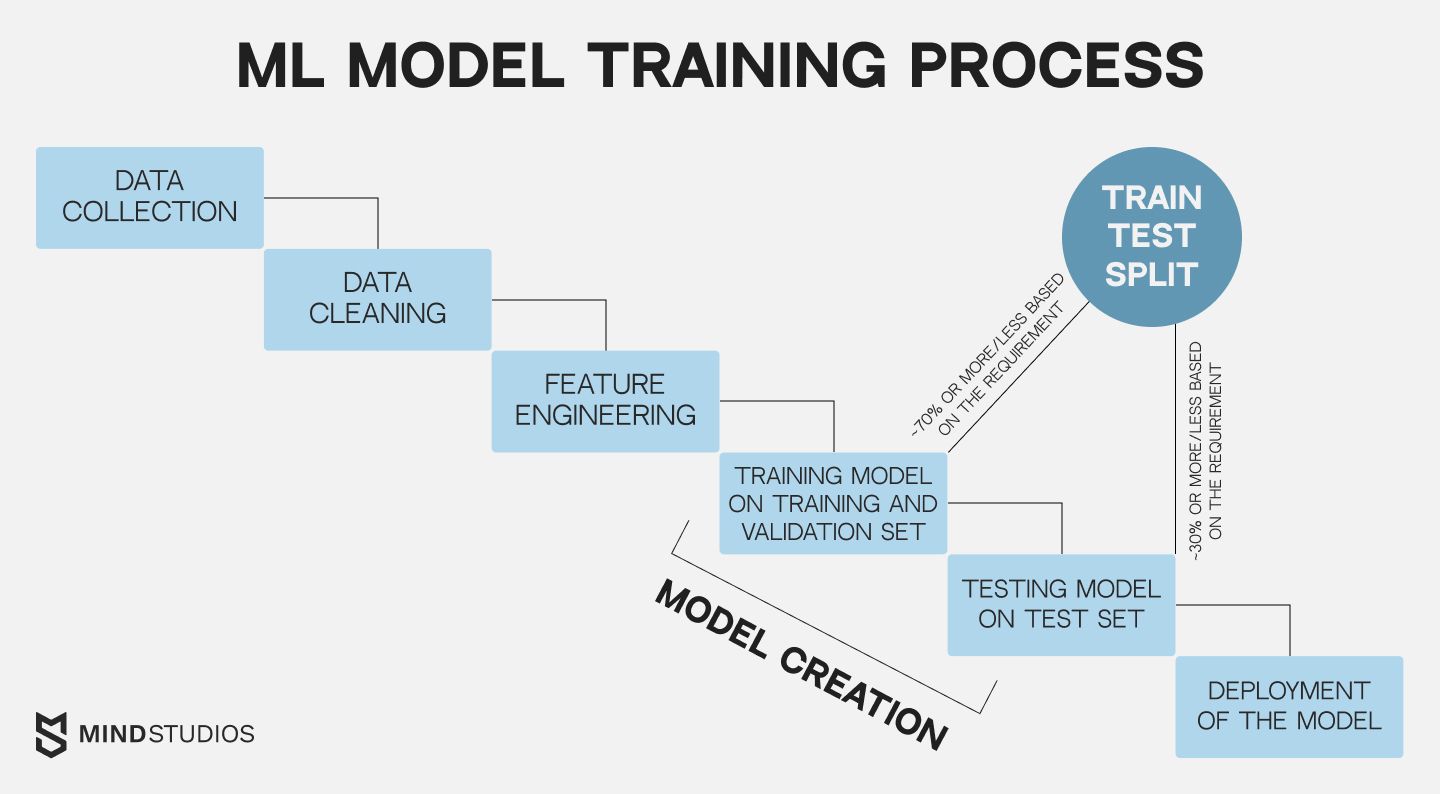
Evaluating model performance
Metrics like accuracy, precision, and recall assess the model's quality. A confusion matrix is a standard tool for evaluating the classification system's performance. These metrics, though numerical, track model quality over time. The challenge lies in accurate labeling during testing, but quick feedback loops, as seen in telemedicine, can speed up the process.
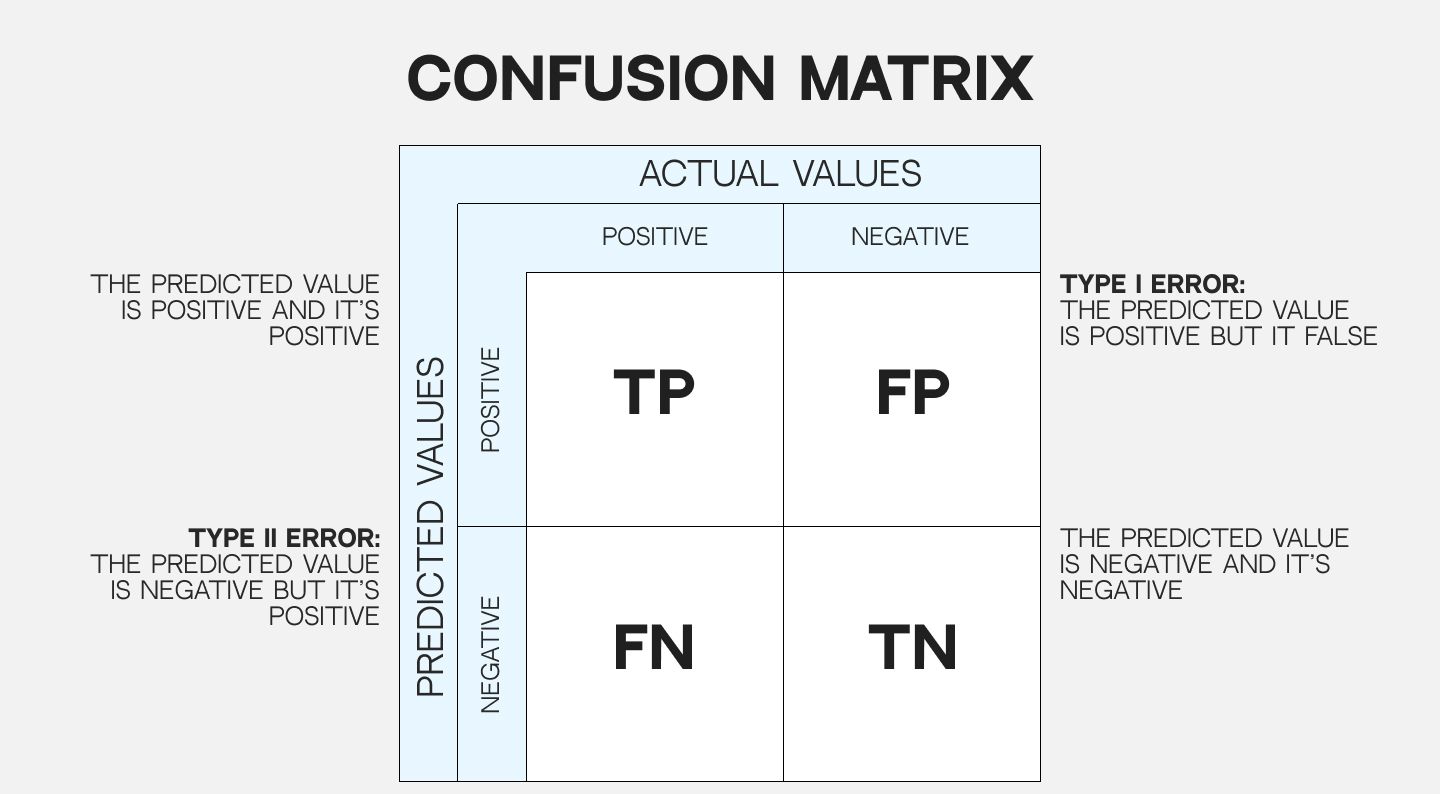
In summary, developing a healthcare machine learning model involves meticulous data preparation, algorithm selection, model training, and continuous evaluation using appropriate metrics. By following these steps, we can build accurate models that contribute to improved healthcare outcomes.
For instance, Penn Medicine and Intel could anticipate sepsis and cardiac illness using their data science platform. Compared to conventional procedures, which take two hours, the platform could detect 85 percent of sepsis cases up to 30 hours before septic shock began.
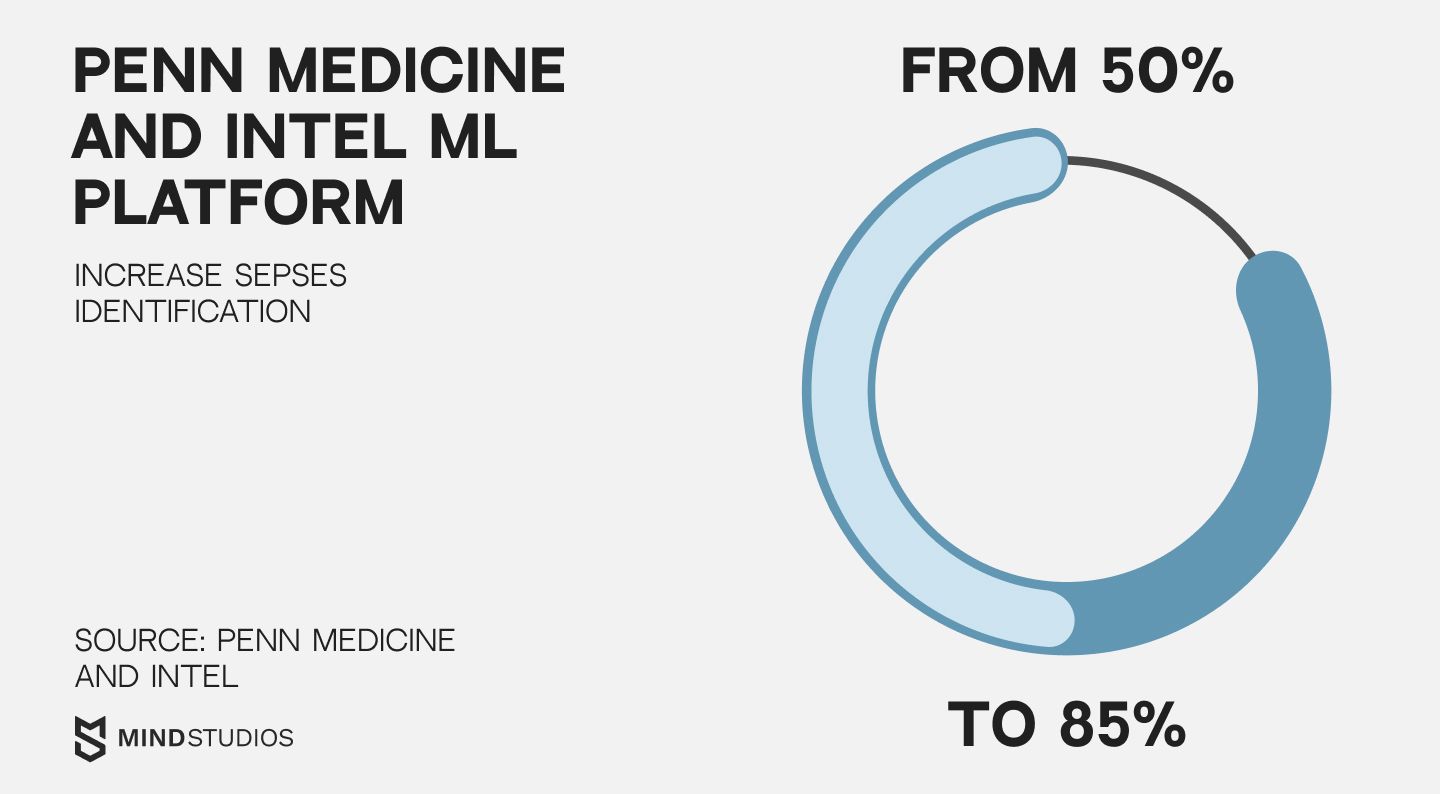
Quality metrics for individual portions are usually better. Churn prediction may involve multiple sample categories based on region, prescription type, drug usage level, etc. Depending on your requirements, you may need to evaluate model precision and recall for different user segments. Using one quality indicator can hide poor performance in a critical section. As a rule, consider class balance and error consequences when choosing a measure.
Best practices to build your healthcare machine learning model
The best practice guiding principles allow medical device (model) developers to identify hazards associated with its safety and effectiveness in advance and plan for them proactively. The guiding principles will also be applied to prevent errors in creating a healthcare machine learning model and deploying it for medical devices. But what are they? Here is the list of the best practices to use when developing a machine learning model for improving healthcare services:
Use modern software and engineering practices
The ML environment's data integrity, security, and privacy are critical for healthcare and life sciences applications. Protecting your environment against unintentional access, privilege escalation, and data exfiltration is a must. This can be solved by engaging with your cloud platform providers and learning about their pricing plans and architecture to choose the optimal strategy that fulfills your security and authentication layer requirements.
Adjust the model design to available data and ensure it reflects its intended use
Ensure that the model design of your choice is appropriate for analyzing the supplied data. At the same time, it should actively mitigate recognized concerns such as overfitting, performance degradation, and security failures. You should also ensure that the therapeutic advantages and dangers of the product are well understood and that the model can be utilized to provide clinically significant performance testing. The model performance should demonstrate that the product can be used safely and successfully.
The model should be robust enough to account for the influence of global and local performance and uncertainty/variability in device inputs, outputs, targeted patient populations, and clinical use situations.
Focus on the human-AI team's performance
If a human is involved in interpreting the model output, you should consider the possibility of human interpretation variability. The model performance should be evaluated collectively for both humans and AI as a team, rather than individually for the AI model.
Use testing to monitor device performance in clinically relevant settings
The test plans should be developed and carried out following acceptable statistical standards. During testing, the model's performance in terms of clinical relevance should be examined. Testing should be carried out independently of training data. The test performance should be scrutinized for intended variability in measurement inputs such as patient population, important subgroups, clinical context, and so on, as well as potential confounding factors such as utilizing a human-AI collaboration.
Make clear and relevant data available to users
Clear and contextually appropriate user information should be provided to the target user (such as health care providers or patients). The following information can be included in the data:
- The product's intended use and directions for use
- Performance of relevant subset models
- The properties of the data used to train and evaluate the model
- Allowable inputs
- Limitations that have been discovered
- User interface interpretation
- Clinical workflow integration in the model
In addition to the mentioned above, users must be informed of device changes, model updates from real-world performance monitoring, decision-making reasons when available, and a method to report product issues to the developer.
Manage re-training risks by monitoring the performance of deployed models
The models' safety and performance should be improved regularly or continually by monitoring real-world use. Furthermore, when models are retrained after deployment, proper controls should be in place to limit the risks of overfitting, unintended bias, or model degradation (for example, dataset drift), which can impair the model's safety and performance as it is used collectively by the Human-AI team.
Model maintenance
Last but not least, keep your model updated. This is done through continual monitoring of its behavior, performance, and impact. This can assist you in identifying and resolving any faults or abnormalities that may develop throughout its operation. To do this efficiently, you need to use technologies like logging, dashboarding, and alerting.
Logging captures and preserves inputs, outputs, parameters, and metrics for subsequent study. Dashboarding visualizes and aggregates critical information for inspection and analysis. When models or systems experience issues or deviate from predicted outcomes, alerting sends notifications or alarms.
Updating and maintaining machine learning models is not optional; it is a continuous process that calls for careful planning, implementation, and evaluation.
By adopting and implementing practices and standards outlined in this section, you can ensure that your machine learning models are always up-to-date, dependable, and valuable.
Challenges of developing a machine learning model
Machine learning is an essential element of data science, but it confronts many challenges in its early phases. The more data samples a machine learning model can process, the better it will be. However, access to millions of real-world samples is not always available. To overcome these challenges, data scientists must organize and clean the data, which can be accomplished with the help of data quality technologies.
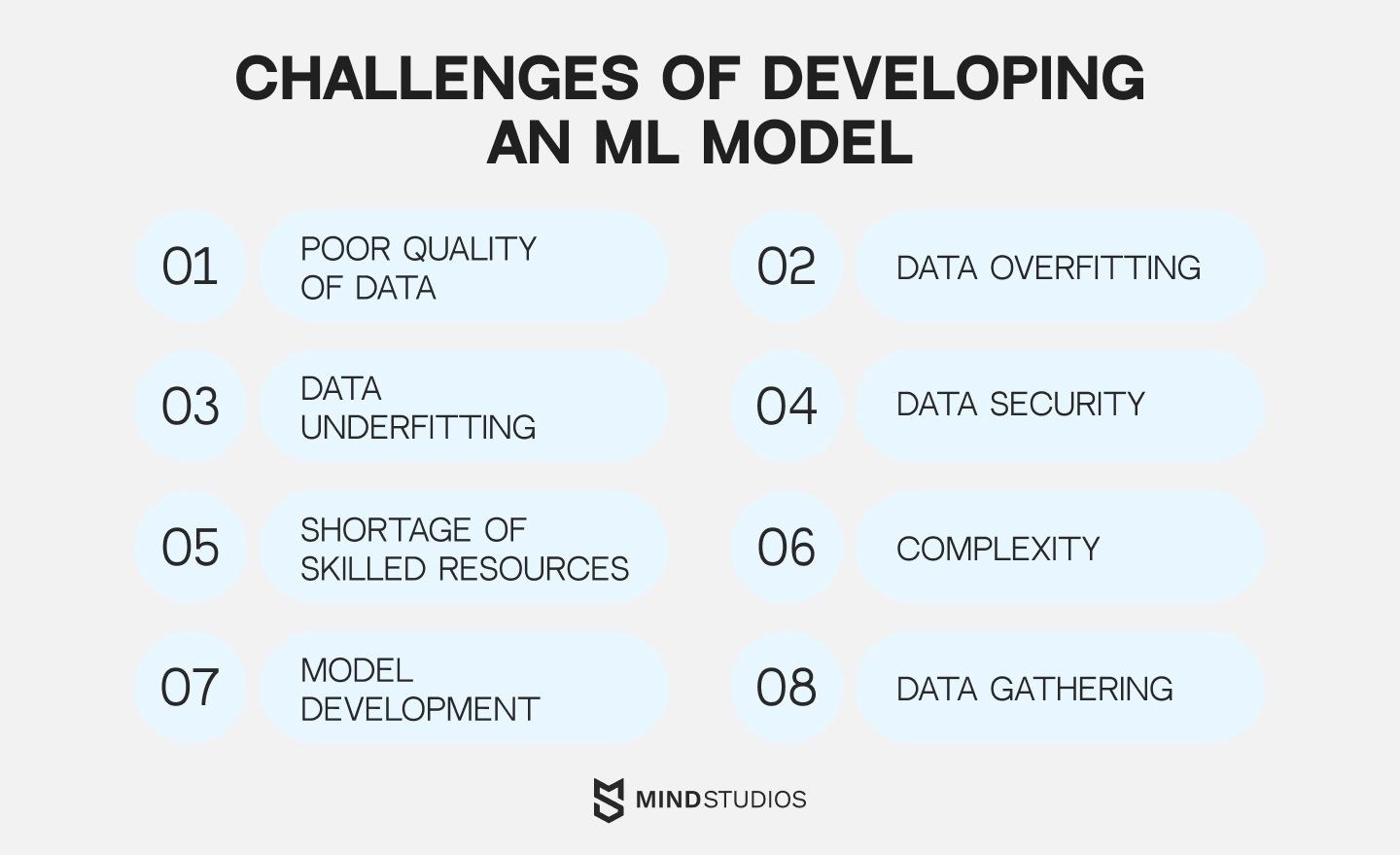
- Data overfitting occurs when a statistical model matches its training data precisely into a small data collection. When this happens, the algorithm cannot execute correctly against unknown input, negating its objective. This can result in overgeneralization, which can harm the model's performance. Data underfitting (the opposite) happens when a model is overly simplistic or fails to include factors that should have been included to produce a clear and impartial conclusion.
- Data security, which involves ensuring that every framework, third-party software, and IT infrastructure is appropriately secured against cyberattacks, is one of the challenges associated with machine learning initiatives. Even employees and coworkers whom you trust can potentially represent a risk to data security because they may be unaware that their personal devices are not adequately secured.
- Fake data. Another issue that develops when accurate data is substituted with irrelevant information is fake data. Devices can receive a misleading temperature report, resulting in serious problems.
- Access control is another critical feature of machine learning, but encrypted authentication and validation procedures can assist in avoiding unneeded problems.
- Accessibility. Likewise, accessibility is a problem in machine learning. It is critical to ensure that the system is operable by all users, regardless of background or skill level. By tackling these issues, machine learning has the potential to become a valuable tool in the field of data science.
- Deployment. Another issue that machine learning experts encounter is deployment. Many people struggle to grasp business problems, resulting in ineffective algorithms. A team of professionals with machine learning and business backgrounds must address this. At Mind Studios, our experts in the ML field are ready to help you achieve a swift deployment of your model.
- Complex data. Processing video training and photographic data is one of the challenges associated with machine learning applications. Including dynamic data, such as videos, sounds, and animations, can transform machine-learning models and open up new possibilities. Another problem deep learning systems encounter is object detection, a feature that detects the required issues in images.
- Balancing accuracy and timelines. Sometimes, waiting to verify model predictions may take days, weeks, or months. The previous period's accuracy, precision, and recall are calculated after receiving new labels. Monitoring proxy measures like data drift helps identify deviations affecting model quality. Evaluating model precision and recall for different user segments ensures a comprehensive assessment, considering class balance and error consequences.
Despite these challenges, machine learning has produced outstanding results, making advances in the healthcare field more effective and automated. Deep learning has enabled software and machines to perform repetitive tasks on a surface level, making machine learning an essential tool for medical improvement and growth.
Moreover, further developments in the ML field will allow future models to perform these tasks much faster than humans. For example, a study conducted by Nature Medicine showed that an AI already outperforms radiologists in pancreatic cancer detection.
Machine learning is a robust technology that can save time and physical labor but comes with a high initial investment. Because of the hefty initial investment, many smaller firms struggle to implement machine learning models. However, advances in artificial intelligence, such as no-code AI and AutoML 2.0, have enabled the development process to be automated and simplified.
Among Mind Studios' different initiatives is promoting user education on data privacy and security best practices, which the company addresses head-on. Since this is a sensitive matter, we encourage our healthcare clients to conduct training sessions on the dangers of privacy breaches and the proper management of patient records.
Conclusion
Summing up, machine learning is an important tool in the healthcare business, particularly in analyzing big data to improve patient outcomes and save costs, and it has proved to be beneficial as a tool for medical improvement. Developing a machine learning model might be challenging, but it is undoubtedly achievable if the risks and challenges are assessed, and best practices are followed.
How can you profit from AI and machine learning in healthcare solutions, and how can ML solutions address current problems in the healthcare niche? Mind Studios has a few ideas. We would happily share our expertise and insights with you, based on our extensive experience in the software development industry and numerous successful cases in the healthcare niche. Contact us today to learn more about ML solutions and how they can benefit your research projects.

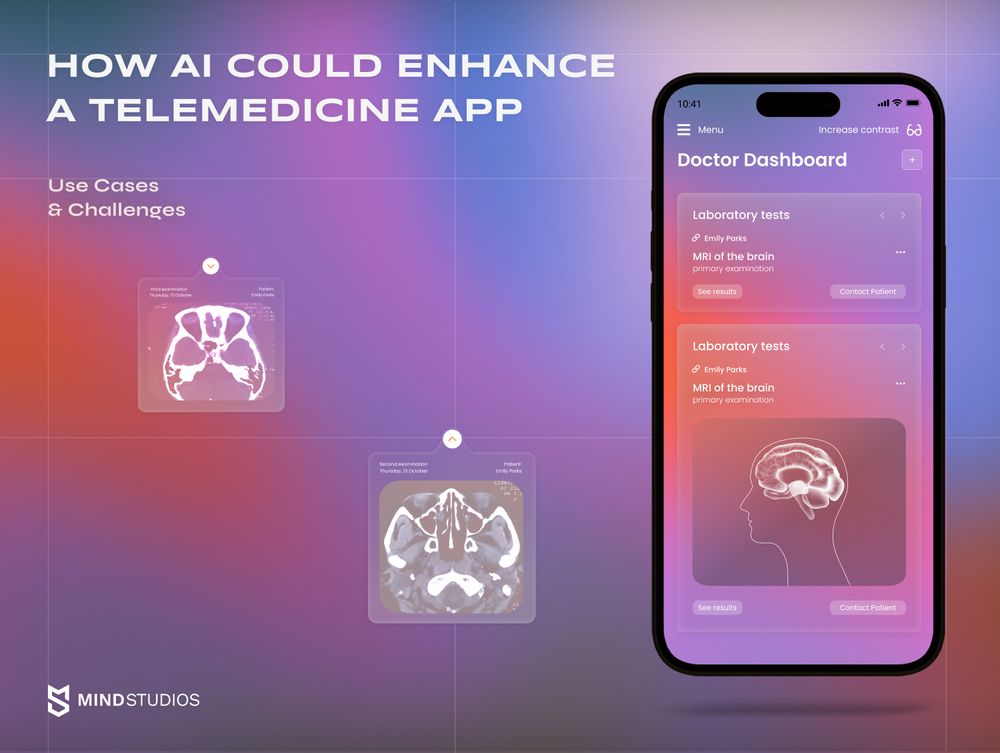
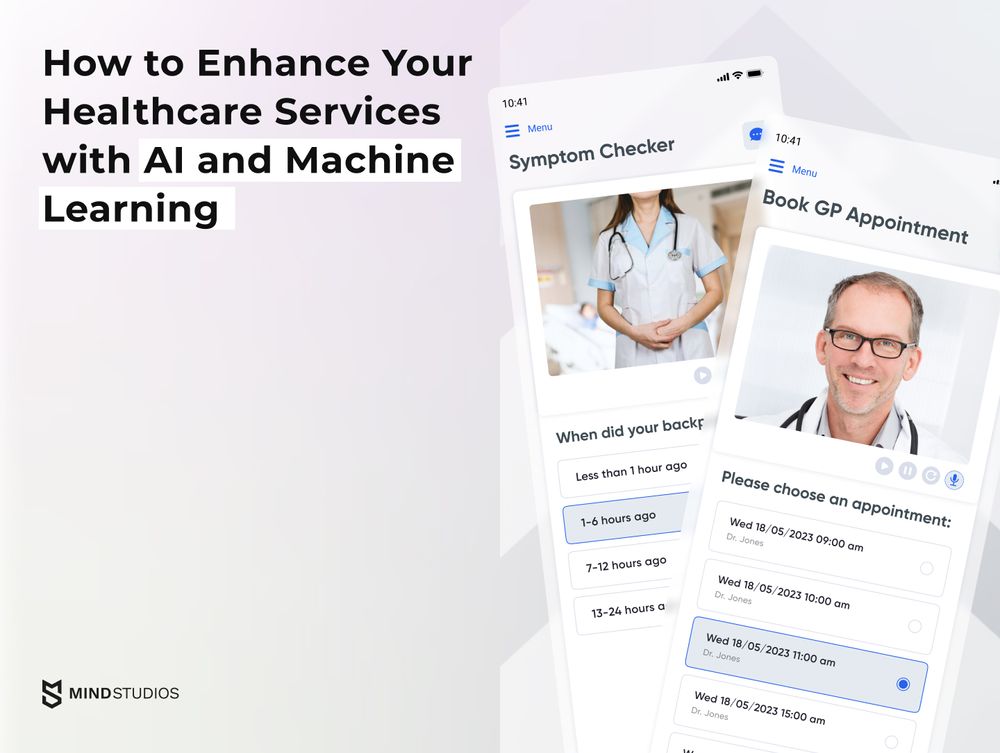
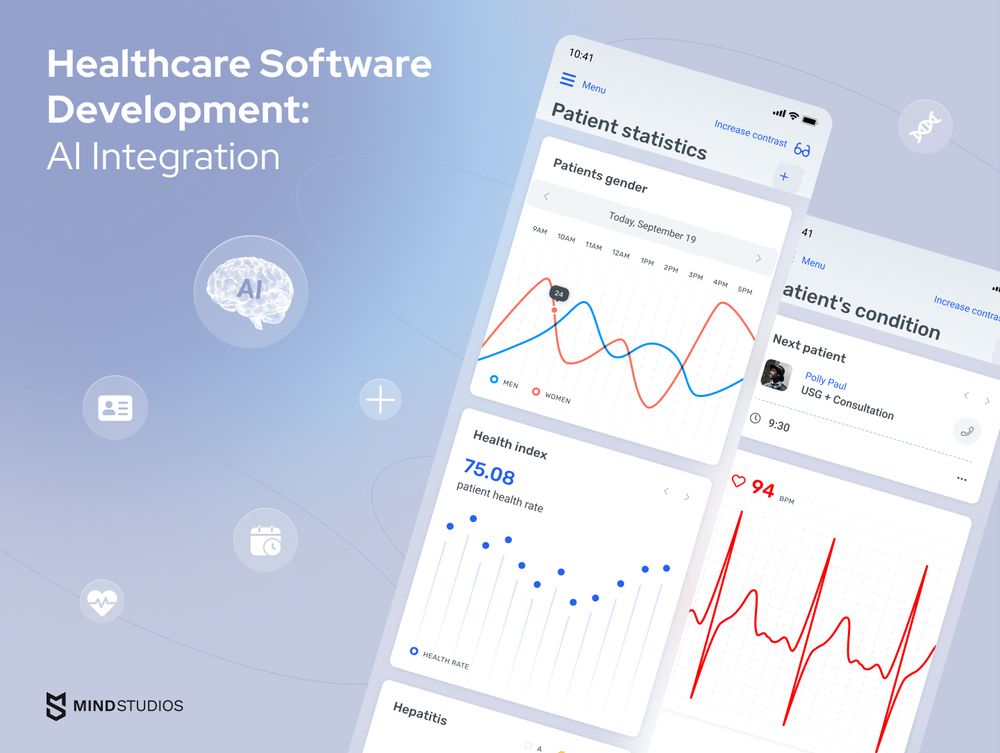
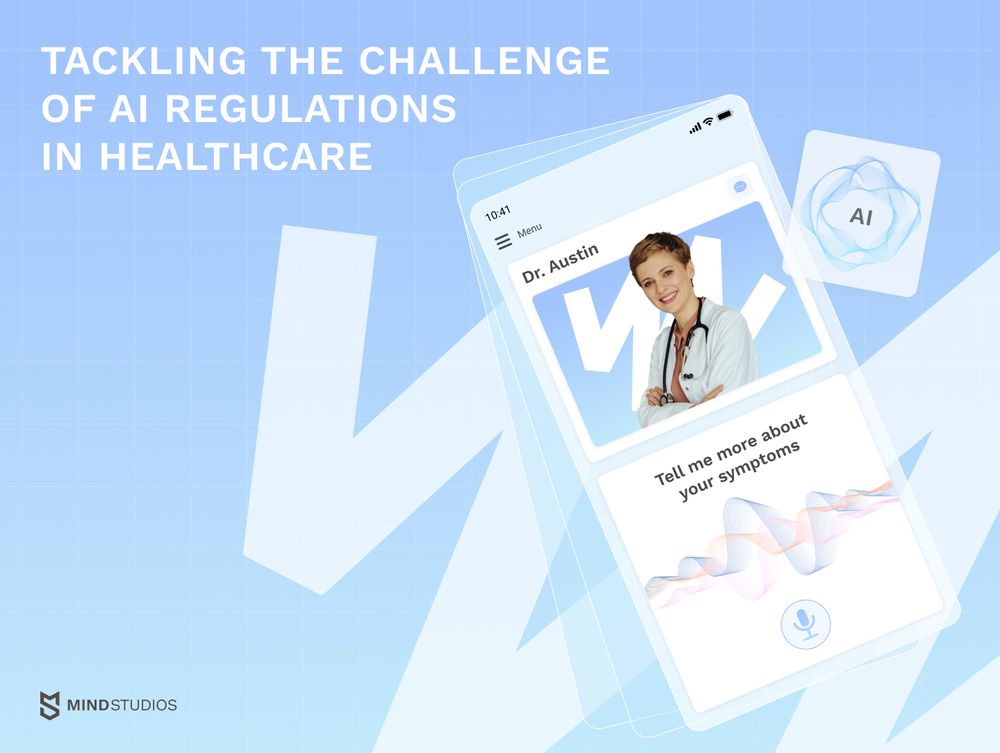



![How to Create an On-Demand Medicine Delivery App [Expert Guide]](https://themindstudios.com/blog/content/images/size/w600/2025/03/IMG-1-Cover-6.jpg)


